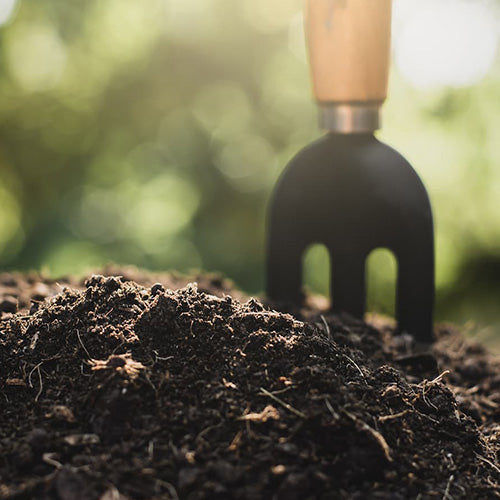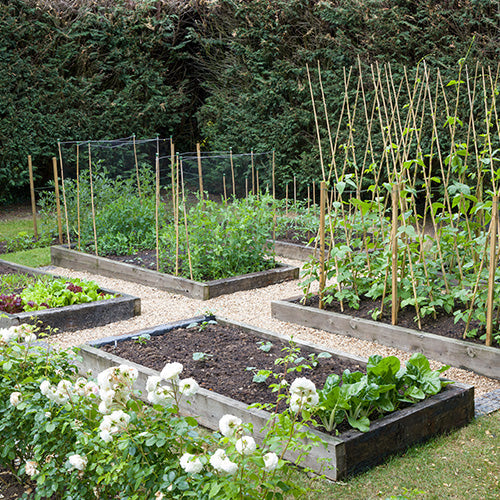The most important part of just about every plant is its root system. If the roots are healthy and growing well, then the rest of the plant is able to benefit. The roots are important for absorbing water from the soil, together with a whole host of nutrients.
For nutrients to be available to the plants, the soil must be moist and in the right conditions. Light, sandy soils lack moisture and nutrients while heavy, clay soils dry and crack in the summer and become water logged in winter, making plant growth difficult. Luckily, help is at hand for both soil types-in the form of organic matter. This is another name for well-rotted manure, compost, leaf mould, composted bark, and mushroom compost-in fact, any well-rotted organic matter. Ensure the matter is well-rotted to prevent loss of nitrogen from the soil-an essential nutrient in the growing process. Digging organic matter into light soils provides something to hold the moisture and nutrients. In clay soils, it helps to break up the large particles so that the soil doesn’t crack, drains better and is easier to work. Digging sharp sand and/or calcified seaweed into clay soil will improve the structure further and make it even easier to work. Similarly, plenty of organic matter added to good soils will improve the yield of crops.
The best time for soil preparation is autumn for clay soils, and spring for light, sandy soils. Autumn digging allows the soils to be further broken down by frosts and rain. Start by digging over the soil to a depth of 37.5-45cm (15-18in) and incorporating your organic material as you go. Improving the soil will ensure you can grow all the vegetables we sell -and grow them well- boosting the size, flavour, yield and quality of the vegetables. Crops can also be grown to improve the soil-these are referred to as green manures and can be grown in autumn when the ground is empty. Their job is to stop nutrients in the soil being washed away by the winter weather, and is especially good for clay soils which can be compacted by the rain. They are dug into the soil at least two weeks before you put your next season’s crop in and help by acting as a barrier to preserve the soil’s existing moisture levels. Not only does green manure aid water retention but some crops will grow deep in the soil and bring up nutrient resources unavailable to crops with shallow roots.














